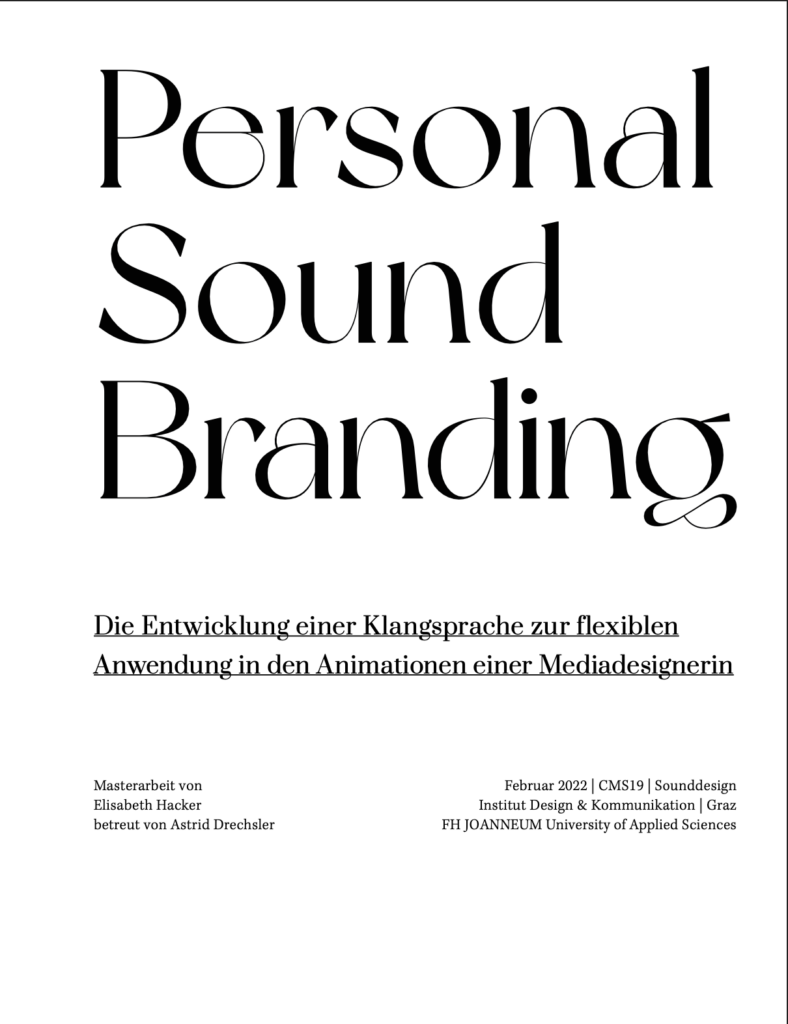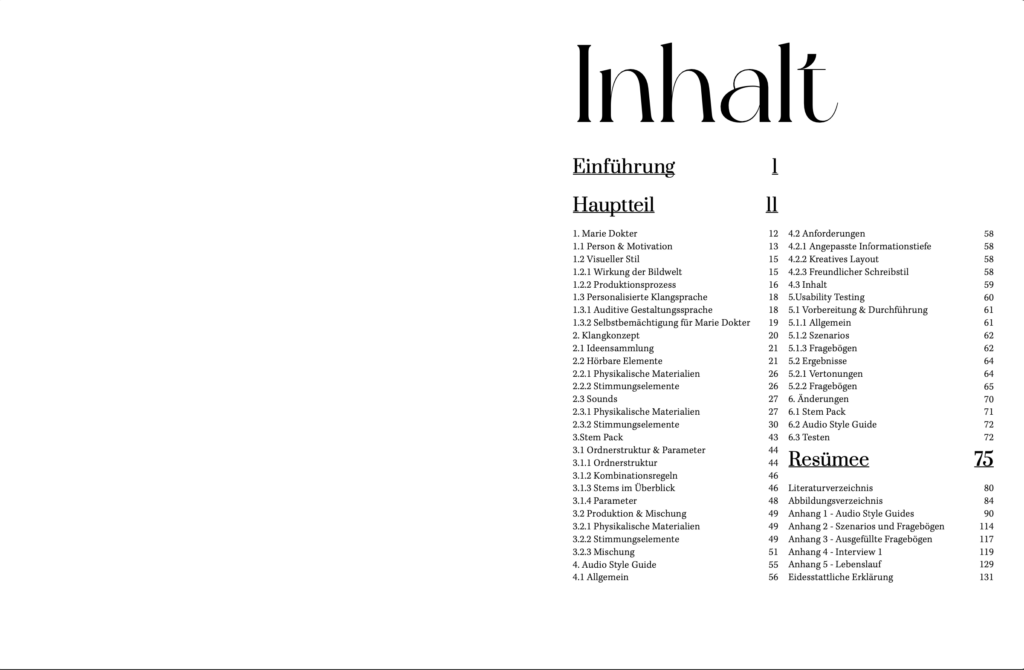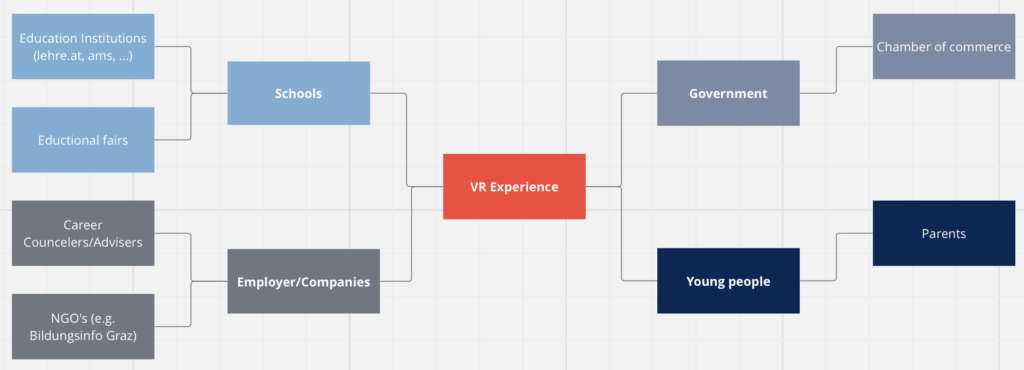The Art and Science of Interface and Interaction Design
In this book experts in the field of interaction design and interactive art outline currently discussed topics in their research. One chapter I would like to focus on is called “Interfaces in Public and Semi-public Space” by Joachim Sauter one of the founders of ART+COM.
Expert Interface vs Non-expert interfaces
According to Joachim Sauter, ART+COM has only realized a small number of interfaces, as the focus lies on installations in the context of mediating information. For example, interactive installations in museums, trade fairs or in an artistic context. These places can also be called public or semi-public spaces and require the user to understand the interface within a short time. As often by the visitors used only once, the interface needs to be intelligent, simple and functional without giving the feeling of banality.
Joachim Sauter presented a selection of realized projects and outlined the importance of prototyping and their ambitions of creating new paradigms of access to information. Furthermore, he noted the importance of making installations endurable, weatherproof and safe from vandalism.
Innovation Is Substituted by Quality
Unfortunately, in the 1990s projects often were acknowledged just because of their innovation and fascinating interface technology – the conveyed content was seen as secondary. However, today the way we see interactive installations has changed. Nowadays, they get acknowledged for their quality of concept and design, quality of experience they evoke, the information mediated by them and their utility.
“Today, you no longer talk about a handle as an interface to a cup (and the incorporation of content this involves), but you talk about the formal and functional qualities of the cup as a whole.” – Joachim Sauter
Media Art Installations – Preservation and Presentation
In this Book, Tiziana Caianiello wrote a chapter with the following title:
“What Is an Interactive Installation? An Attempt at Clarification”
According to her, “interaction” is a fundamental concept in sociological and can be seen as human actions carried out in relation to each other, implying interpersonal communication.
In the 1960s this term was also used by computer scientist to describe the ability of a computers to react to user input within a certain time (delay). While the concept of the interfaces still was based on the model of interpersonal communication, the definition of the term “interaction” shifted to Human-Computer-Interaction (HCI).
Tiziana Caianiello, defines the term “interaction” strictly as human-human or human-medium-human communication, while “interactivity” as human-machine communication.
Furthermore, she states, that human-machine communication should not be equated with interpersonal communication, as it can’t actively construct meaning.
Art Installations should therefore be categorized according to their service they deliver to the visitors.
A second definition from “The Variable Media Network” includes additional participative art forms:
“While the word is most commonly applied to electronic media such as computer-driven installations and Web sites, interactivity also describes installations that allow visitors to manipulate or take home components of a physical artwork” (Permanence Through Change 2003, p. 126).
While most of the cited authors try to define interactivity with a clear definition, Quiring and Schweiger see the term more as gradually classifiable.
Therefore, the author herself presents in cooperation with Julia Giebeler a model for analyzing the interactive characteristics of installations in a qualitative and quantitative way.
The model is called “Model for Registration of Interactive Installations” and can be found at the end of Tiziana Caianiello’s chapter.





